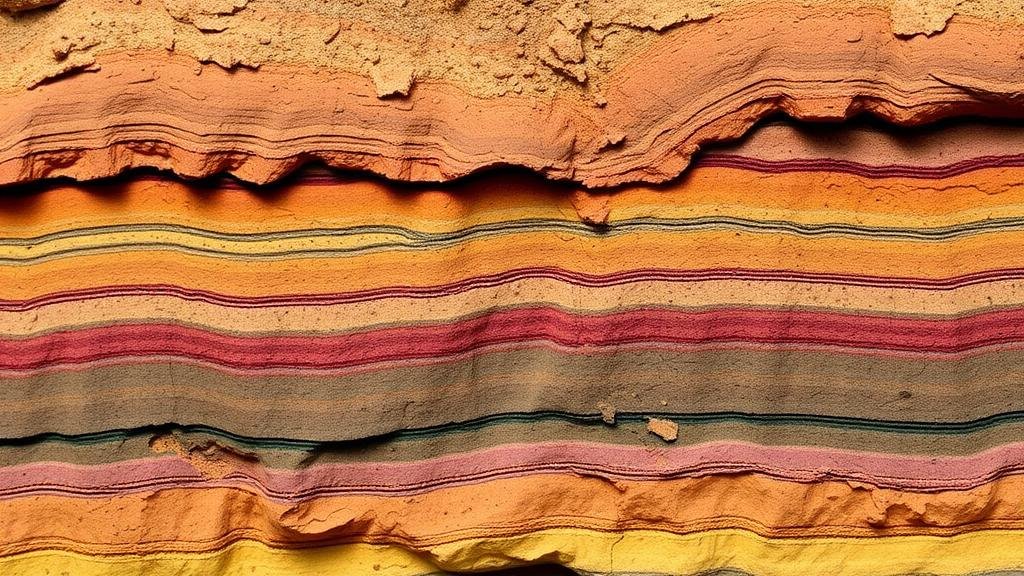How Geological Surveys Predict Locations of Fossil-Rich Sedimentary Layers
How Geological Surveys Predict Locations of Fossil-Rich Sedimentary Layers
The study of fossils provides invaluable insights into Earths biological history and helps researchers understand past environments. Geological surveys play a pivotal role in predicting the locations of fossil-rich sedimentary layers. By examining various geological indicators such as sediment composition, stratigraphy, and structural geology, scientists can identify prime fossil-bearing formations. This article presents a detailed examination of the methods and principles behind geological surveys and their effectiveness in locating these critical sedimentary layers.
Understanding Sedimentary Layers
To comprehend the process of predicting fossil locations, it is essential first to understand sedimentary layers. Sedimentary rocks are formed through the accumulation and lithification of sediment. These layers often contain fossils, providing records of prehistoric life. Fossil-rich sedimentary layers are typically associated with specific depositional environments, such as:
- Marine environments, like shallow seas where organisms are abundant.
- Fluvial systems, which encompass river deposits that may carry and preserve organic material.
- Deltaic formations, where sediment is deposited at river mouths, often rich in fossils.
According to the U.S. Geological Survey (USGS), about 75% of the Earths surface is covered by sedimentary rocks, highlighting their importance in fossil preservation.
Geological Indicators for Fossil Prediction
Geological surveys utilize a variety of indicators to predict fossil locations. These indicators include:
- Stratigraphy: The study of sedimentary rock layers (strata) allows geologists to construct a timeline of deposition. Fossils are typically found in younger sediments, which can be correlated with specific geological periods.
- Lithology: The composition and texture of sediment can indicate whether the layer might be fossil-rich. For example, fine-grained sediments often indicate quiet water conditions favorable for fossil preservation.
- Structural Geology: The arrangement of rock layers, including folds and faults, can affect the exposure and accessibility of fossil-bearing strata.
By applying these principles, geologists can effectively narrow their search for fossil-rich areas, reducing the guesswork involved in paleoanthropological expeditions.
Case Studies in Geological Survey Applications
Numerous case studies illustrate the successful application of geological surveys in identifying fossil-rich sedimentary layers. One prominent example is the study conducted in the Morrison Formation of the western United States, renowned for its dinosaur fossils.
In 2019, a research team from the University of Utah employed stratigraphic analysis combined with GIS mapping to locate new fossil sites within the Morrison Formation. By identifying specific lithological characteristics indicative of ancient river environments, the team discovered previously uncharted layers rich in dinosaur remains, contributing to our understanding of Late Jurassic ecosystems.
Another notable case occurred in the Burgess Shale of Canada, famous for its exceptional fossil preservation. Geologists used structural geology assessments to predict locations of fossil-rich strata within the shale formation. Their findings emphasized the importance of precise geographic and stratigraphic data, leading to significant paleontological discoveries.
Statistical Predictions and Models
Advances in technology have allowed for more precise predictions using statistical models based on geological data. Machine learning techniques and algorithms analyze vast amounts of data to identify potential fossil sites. For example, in a 2021 study published in Paleobiology, researchers developed a predictive model using machine learning that analyzed over 2,000 fossil locations in relation to geological variables.
The model demonstrated an accuracy rate of 85% in predicting new fossil sites, showcasing how modern technology complements traditional geological surveying methods.
Conclusion and Actionable Takeaways
Geological surveys are integral to the discovery and understanding of fossil-rich sedimentary layers. By analyzing stratigraphy, lithology, and structural geology, researchers can predict the locations of significant paleontological sites effectively. case studies presented illustrate the applicability of these methods in real-world settings, showcasing how geology and paleontology intersect.
As technology advances, the integration of statistical predictions will further enhance survey methodologies. For those interested in pursuing paleontological research or conducting geological surveys, it is advisable to:
- Study geological formations and their historical context extensively.
- Incorporate advanced data analysis techniques into research.
- Participate in interdisciplinary collaborations to enhance knowledge and research outcomes.
Through these strategies, researchers can deepen their understanding of fossil distribution, ultimately contributing to the comprehensive narrative of Earths biological history.



